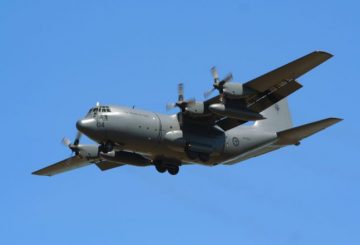侵入性の高い雑草であるベルベットリーフは、ワイカト地方の2つの農場で発見されています。中国とインドを原産地とするこの雑草は、高さ2.5メートルまで成長し、大きなハート型の葉をつけます。水や養分をすぐに吸収し、作物の収穫量を損なう可能性があるため、ニュージーランドの作物では問題となっています。
成熟したビロードの葉は、最大15,000個の種子を生産することができ、その種子は約50年間土壌中で生存し続けることができます。これらの最近の発見は、2019年の前回のアウトブレイク以来、この地域で初めて新たに検出されたものです。
ワイカト地域評議会のバイオセキュリティ害虫植物チームのリーダーであるダリオン・エンブリング氏は、今回の新たな流行は農業部門に警鐘を鳴らすものだと話した。彼は、2011年にこの地域で初めて雑草が発見されて以来、この雑草を防除するための努力が払われているにもかかわらず、このような新たな大流行を見るのは残念だと言いました。
2016年に全国で発生した最後のアウトブレイクは、輸入された飼料用ビートが原因でした。ただし、雑草は収穫機械や感染した飼料を通しても広がる可能性があります。チームは現在、さらなる拡散のリスクを管理するために、機械や作物の移動の追跡に注力しています。
感染している不動産のほとんどは、ワイカト北部、マタマタ・ピアコ、南ワイカトにあります。害虫を駆除する責任は土地所有者にあるため、スタッフは土地所有者と協力して農場経営計画を作成しています。
ワイカトの農民連合農民部会長であるドナルド・ストービー氏は、この雑草は侵入性が非常に高く、見つけるのが難しいと言う。雑草はすぐに広がり、畑を乗っ取り、他の植物を抑えることができると彼は言う。雑草が畑で見つかった場合は、その畑を数年間隔離し、再び作物に使用しないようにする必要があります。
農民や栽培者は、雑草が広がらないように、警戒を怠らず、機械を清潔に保つことをお勧めします。ベルベットリーフに関する報告は、耕作地研究財団と第一次産業省に提出できます。





























































